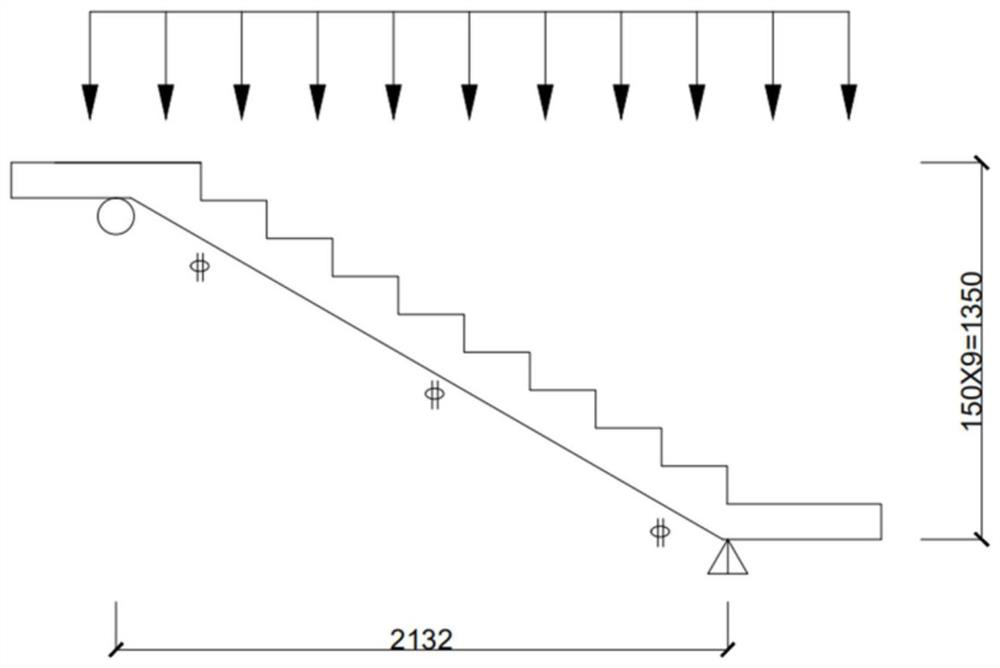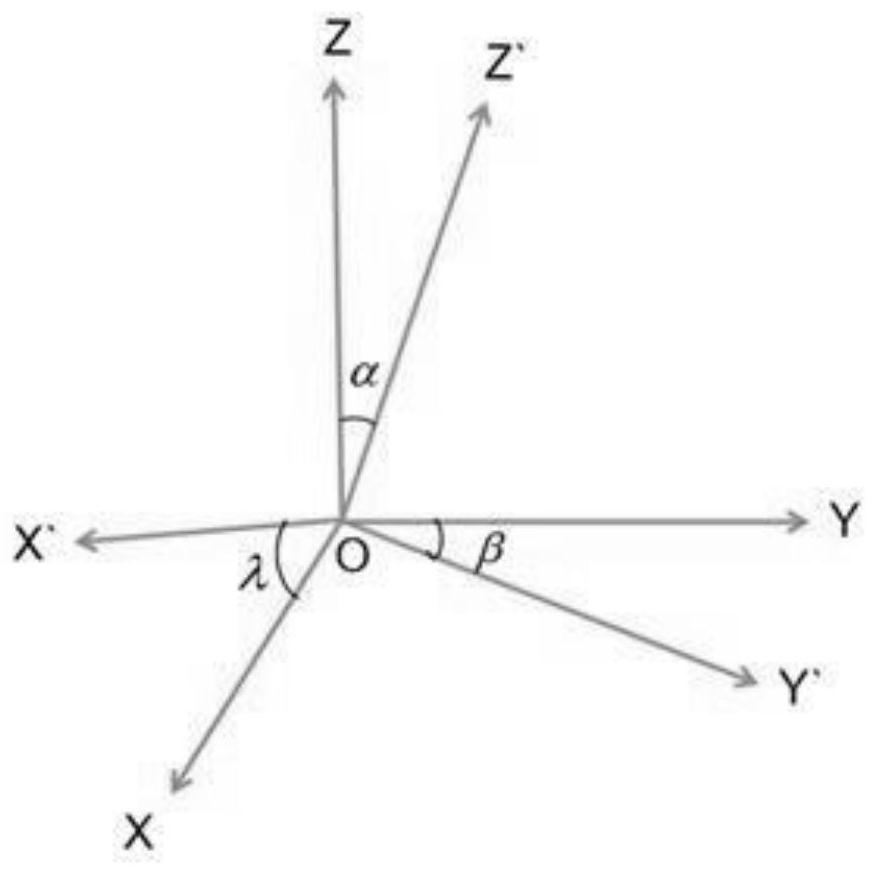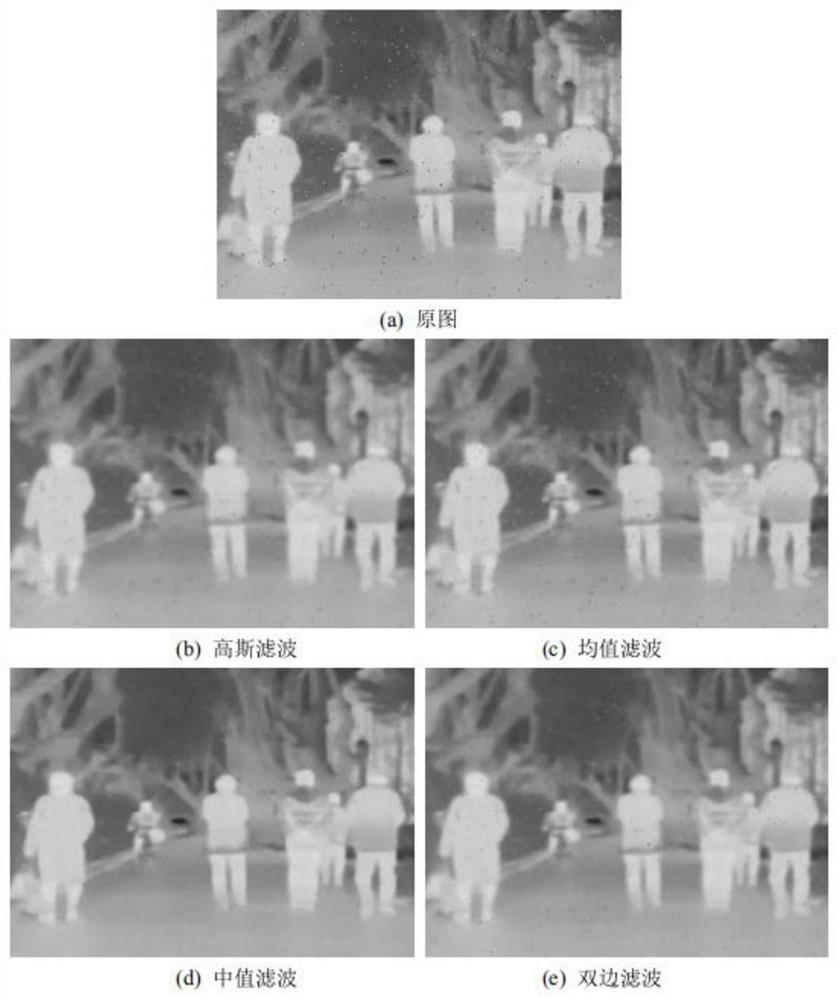Building stair pedestrian volume estimation system based on multi-dimensional MEMS inertial sensor
An inertial sensor and sensor technology, applied in instruments, computing, measuring devices, etc., can solve the problems of small sample size of stairs, complex feature extraction, and poor generalization, saving disk space, low cost, and short delay. Effect
- Summary
- Abstract
- Description
- Claims
- Application Information
AI Technical Summary
Problems solved by technology
Method used
Image
Examples
Embodiment Construction
[0073] Below in conjunction with accompanying drawing and specific embodiment the present invention is described in further detail:
[0074] The present invention provides a building stair flow estimation system based on multi-dimensional MEMS inertial sensors, utilizes less stair vibration sample size, performs machine learning based on the vibration response mechanical model of building stair structure after certain feature processing, and uses the machine learning model Carry out the modeling and load estimation of building stairs traffic flow.
[0075] As an embodiment of the present invention, the present invention provides a building stair flow estimation system based on multi-dimensional MEMS inertial sensors, the specific implementation is as follows;
[0076] 1. Multi-dimensional MEMS inertial data acquisition subsystem;
[0077] In order to select representative nodes in the load direction of the stairs to arrange acceleration sensors, it is necessary to model and s...
PUM
 Login to View More
Login to View More Abstract
Description
Claims
Application Information
 Login to View More
Login to View More - R&D
- Intellectual Property
- Life Sciences
- Materials
- Tech Scout
- Unparalleled Data Quality
- Higher Quality Content
- 60% Fewer Hallucinations
Browse by: Latest US Patents, China's latest patents, Technical Efficacy Thesaurus, Application Domain, Technology Topic, Popular Technical Reports.
© 2025 PatSnap. All rights reserved.Legal|Privacy policy|Modern Slavery Act Transparency Statement|Sitemap|About US| Contact US: help@patsnap.com



